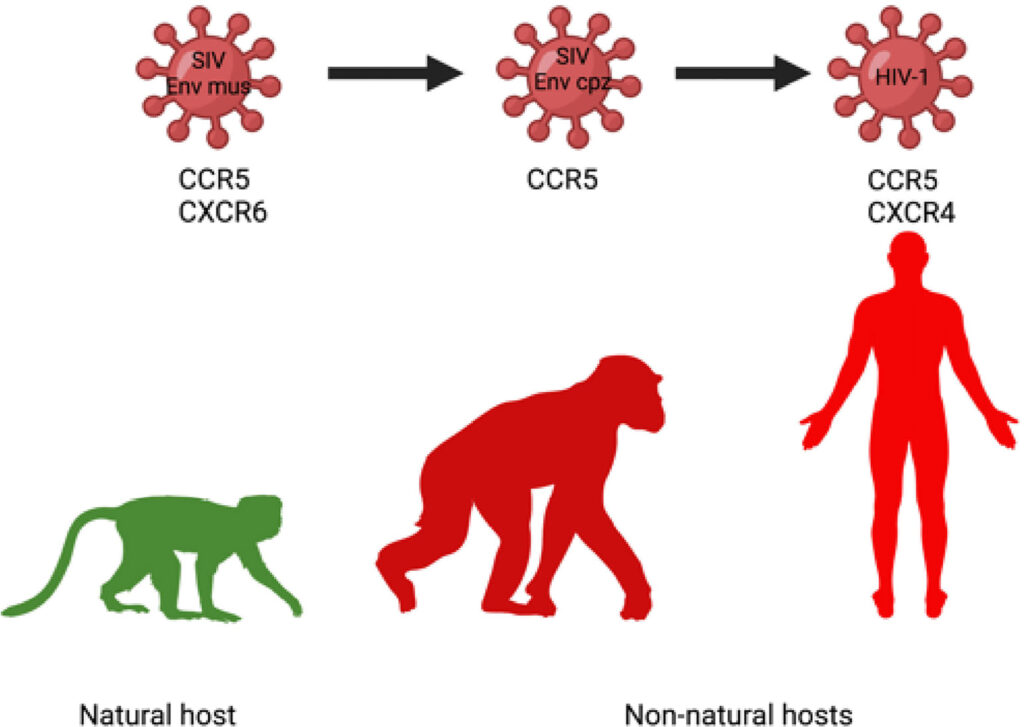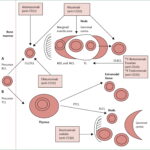CCR5-tropic HIV infection refers to a subtype of HIV that predominantly uses the CCR5 receptor to enter and infect host cells. Understanding the role of CCR5 in the HIV life cycle has opened avenues for innovative therapeutic approaches, particularly targeting this receptor to block viral entry. This article delves into the mechanisms of CCR5-tropic HIV infection, its clinical implications, and the current strategies for treatment and prevention.

The Role of CCR5 in HIV Entry
The CCR5 receptor, a chemokine receptor found on the surface of immune cells, plays a pivotal role in the early stages of HIV infection. It acts as a coreceptor, alongside CD4, to facilitate viral entry into the host cell. HIV’s gp120 protein binds to the CD4 receptor, inducing a conformational change that allows interaction with CCR5. This binding triggers the fusion of the viral envelope with the host cell membrane, enabling the virus to release its genetic material into the cell.
Clinical Implications of CCR5 Tropism
Tropism Testing
Determining HIV tropism is crucial for selecting appropriate therapies. A CCR5-tropic strain indicates that the virus relies on CCR5 for entry, which has direct implications for treatment strategies involving CCR5 inhibitors.
CCR5 Mutations and Resistance
Individuals with the CCR5-∄32 mutation, a 32-base pair deletion in the CCR5 gene, exhibit resistance to CCR5-tropic HIV. This mutation prevents functional expression of the CCR5 receptor, thereby obstructing viral entry.
Therapeutic Strategies Targeting CCR5
CCR5 Inhibitors
CCR5 inhibitors, such as maraviroc, are antiretroviral drugs designed to block the CCR5 receptor, preventing HIV from entering host cells. These inhibitors are particularly effective against CCR5-tropic HIV strains and are incorporated into combination antiretroviral therapy (ART).
Gene Editing Approaches
Gene editing technologies, like CRISPR-Cas9, offer potential for eliminating CCR5 expression in immune cells. By targeting and disrupting the CCR5 gene, researchers aim to confer resistance to CCR5-tropic HIV.
Stem Cell Transplantation
Stem cell transplants from donors with the CCR5-∄32 mutation have demonstrated success in curing HIV infection in rare cases. This approach, though not widely applicable, highlights the critical role of CCR5 in HIV pathogenesis.
Challenges and Future Directions
Limitations of CCR5-Targeted Therapies
While CCR5 inhibitors and other targeted approaches offer promise, they are ineffective against CXCR4-tropic or dual/mixed tropic HIV strains. Comprehensive tropism testing remains essential to optimize treatment.
Ongoing Research
Continued research into CCR5’s role in HIV infection is essential for developing more effective therapies. Investigations into novel CCR5 antagonists and combination therapies hold potential for advancing HIV treatment.

